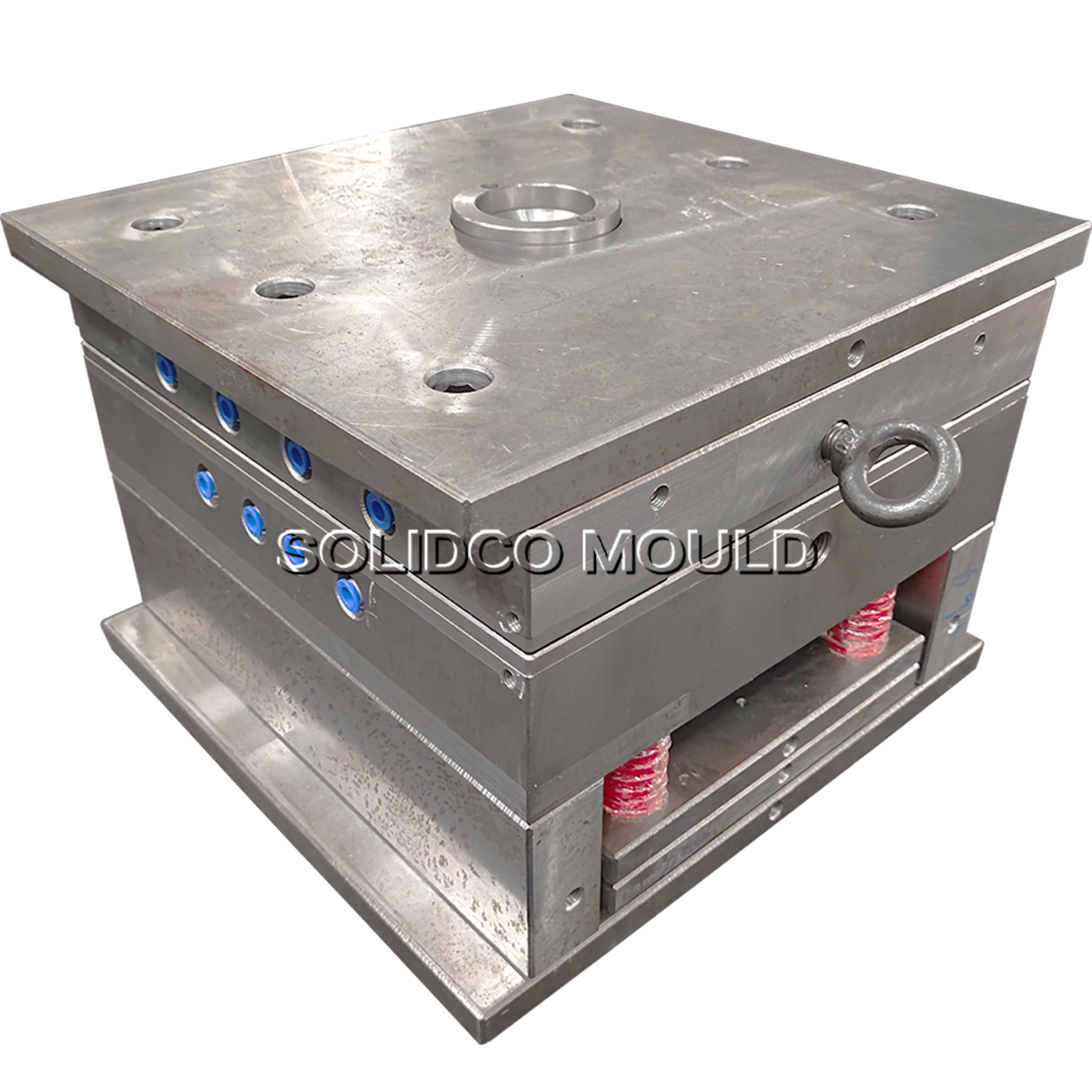The plastic skin formed on the mold wall reduces the cross-sectional area of the plastic flow, resulting in a pressure drop. There is a maximum limit to the pressure that can be obtained on the injection molding machine to push the screw at the set injection speed. The pressure required to push the screw forward at the set injection speed should never exceed the maximum pressure available.
For example, consider that the maximum available hydraulic pressure on an injection molding machine is 2200psi and the required screw speed is 5 inches/second. In order for the screw to advance at 5 inches/second, it would require 2400psi, however the machine will not be able to provide this pressure and the screw will not travel at 5 inches/second. In this case, the process is pressure limited injection molding
.
During process development, understanding the pressure loss in each section helps determine the overall pressure loss and where the large pressure drops occur. The mold can then be modified to reduce the pressure drop and obtain better continuous flow. It is important to ensure that the maximum pressure is not reached.
During the first mold trial, the following points can be seen from the above figure:
The plastic requires 2200psi of total pressure to reach the end of the fill.
The plastic requires almost 2200psi of total pressure to reach the middle of the part.
Based on these two points, the process is pressure limited. The plastic requires 1379 – 983 = 396psi to get from the end of the secondary runner to the end of the tertiary runner. The plastic requires 1897 – 1379 = 518psi to flow through the gate.
So the tertiary runner and gate appear to have a relatively large pressure drop, so both the tertiary runner and gate should be enlarged. This will reduce the final pressure at the end of the fill to 1901psi. The process is now no longer pressure limited. Ensuring adequate injection pressure will help achieve consistent mold filling. Performing a pressure drop study is an important step in the mold qualification process.
Finally, remember the rule of thumb: the maximum injection pressure required should not exceed 80% of the maximum pressure that the injection molding machine can obtain. Higher than the value – 80%, for thicker products that require higher holding pressure, it should be lower. Avoid sudden pressure increases between different parts, and the transition should be as smooth as possible.

